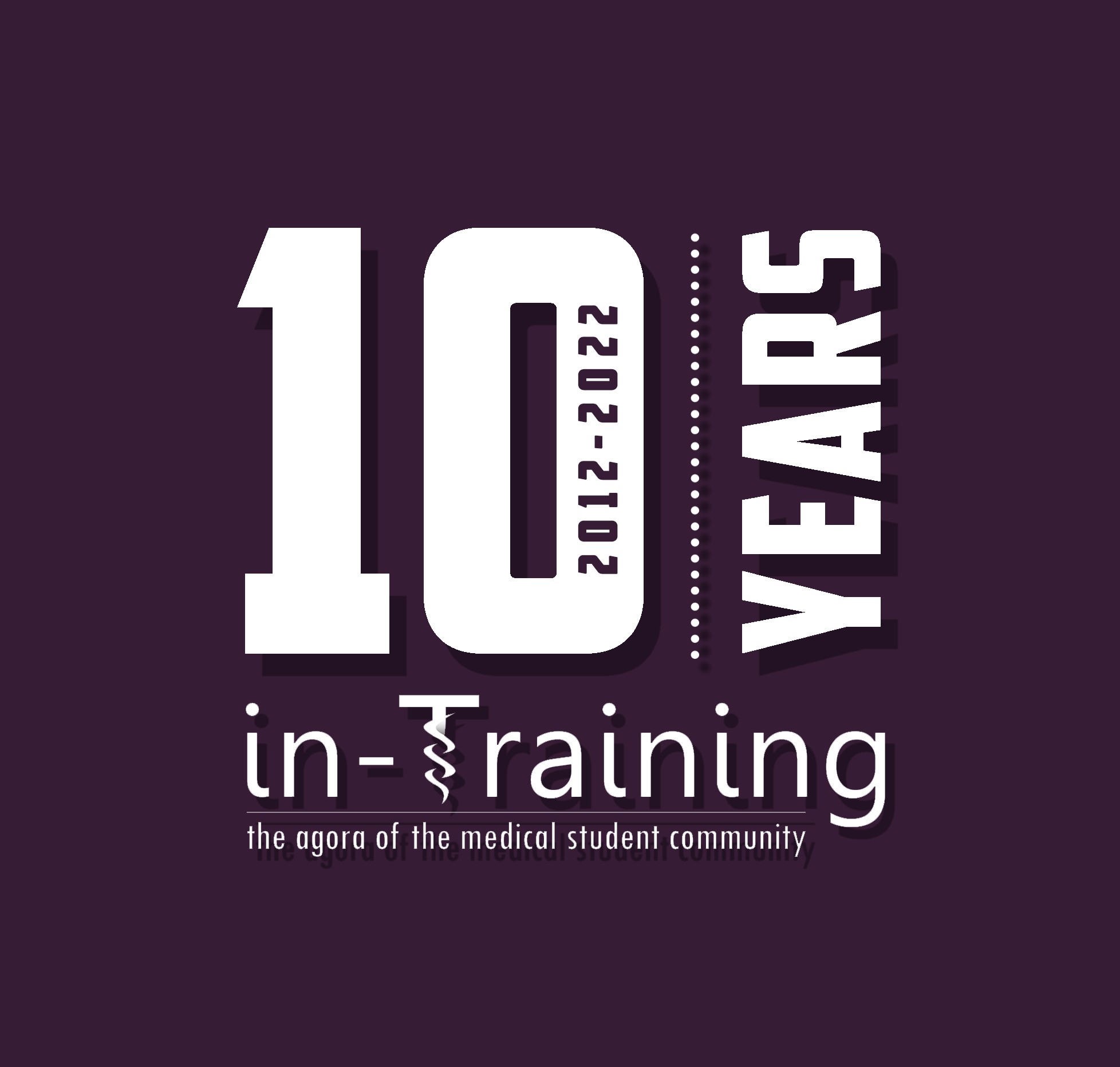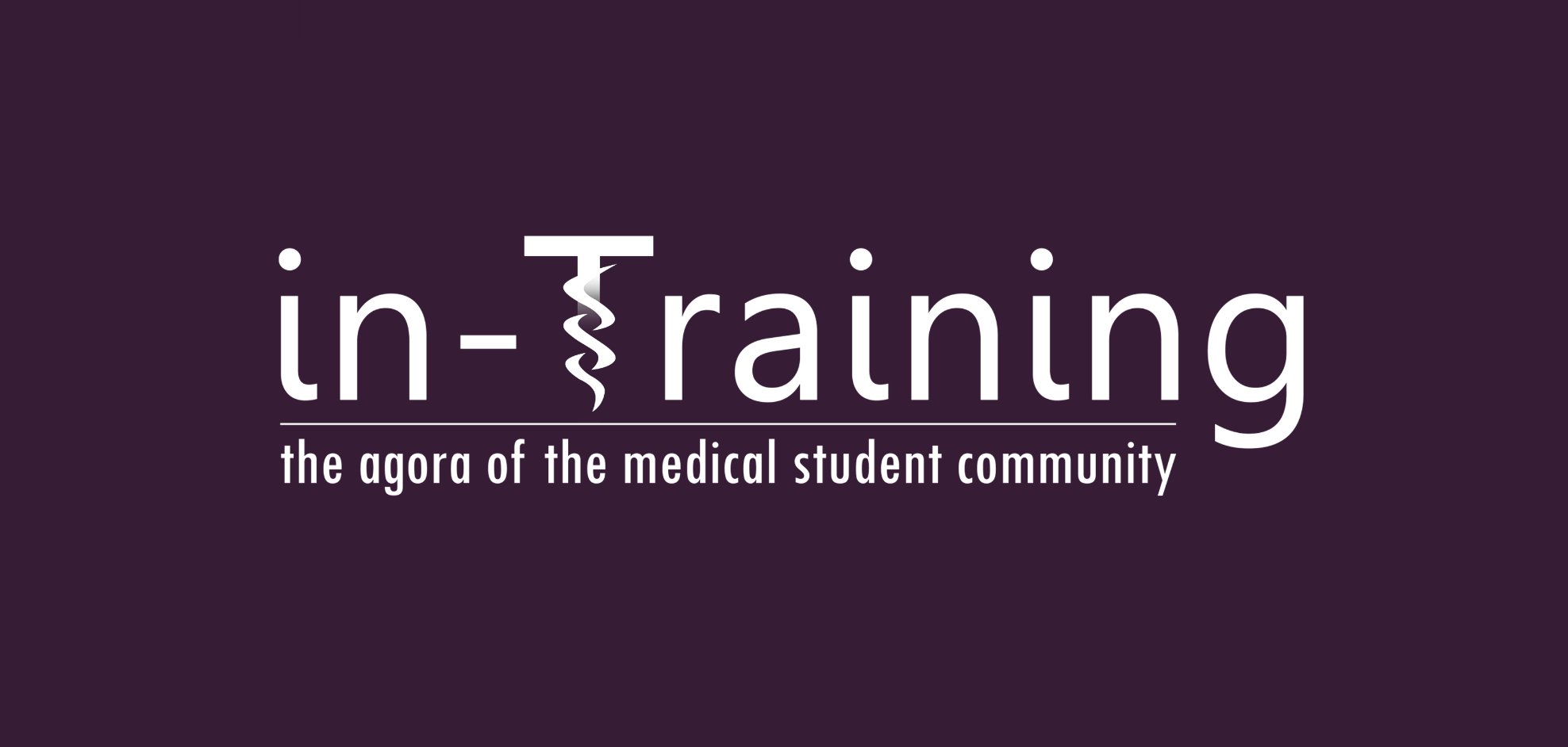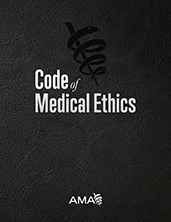Reflecting on Ten Years of in-Training, by Editor-in-Chief Emeritus Ria Pal, MD
About three months into our roles as editors-in-chief of in-Training, we had created a system. Mondays, I’d come home from the hospital — usually with some ineffective Anki studying, or commiseration with my roommates, or hastily composing a Chopped-style dinner with leftovers — log into our WordPress backend, and start making my way through the latest batch of submissions.








